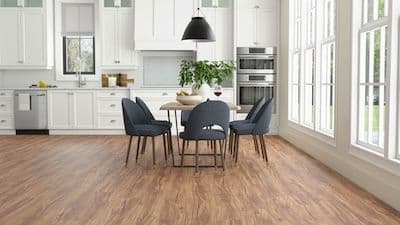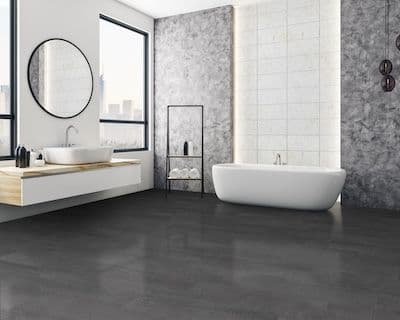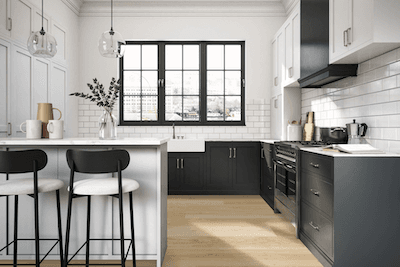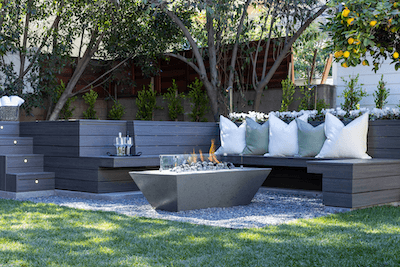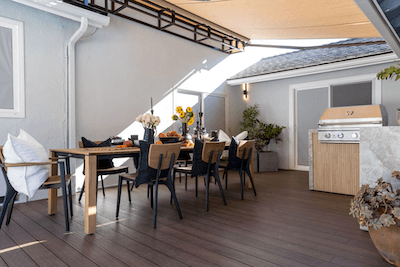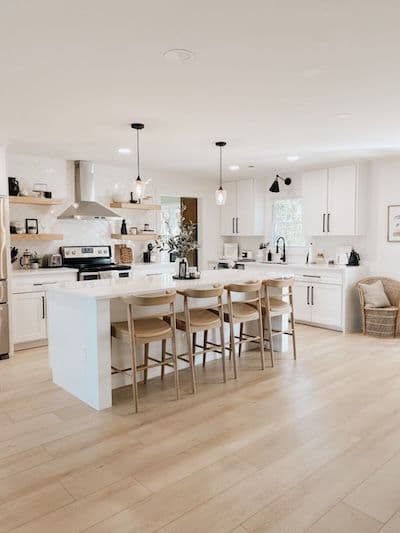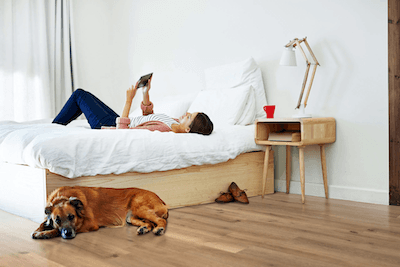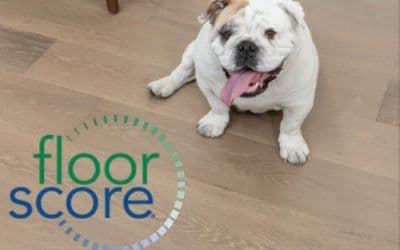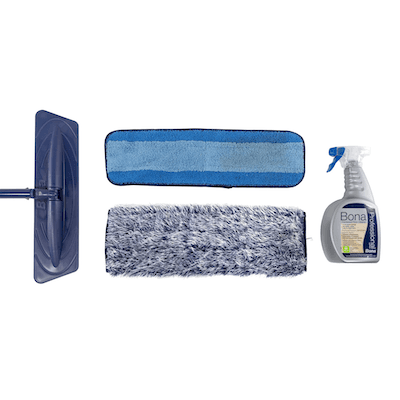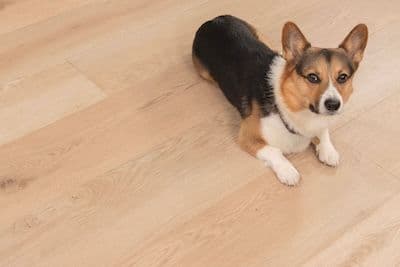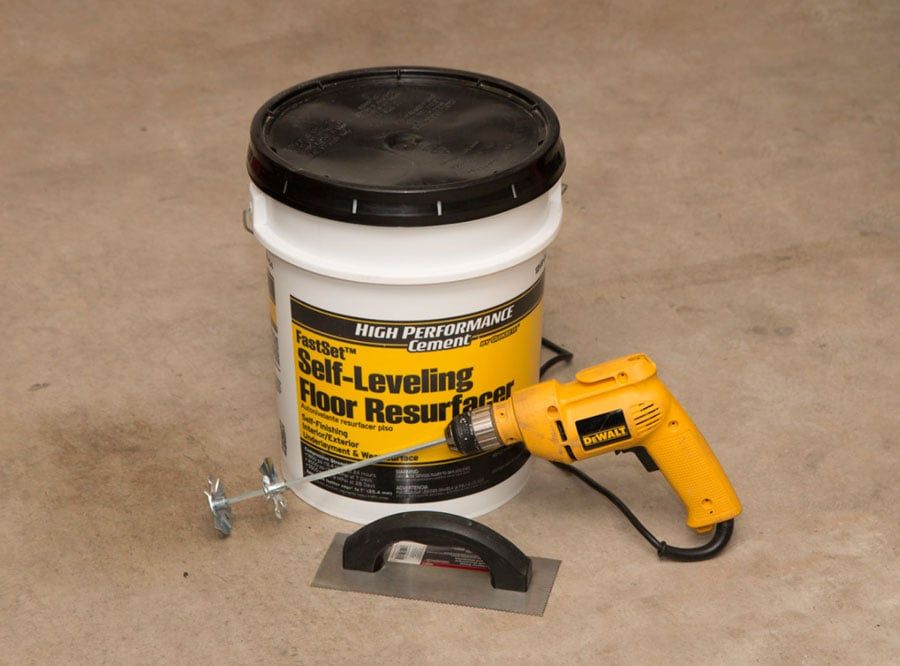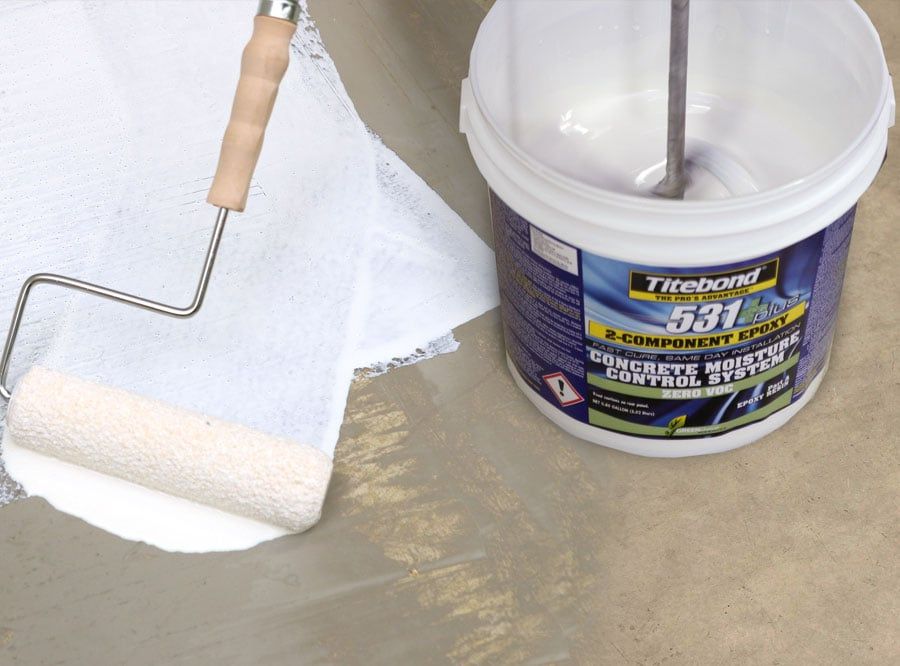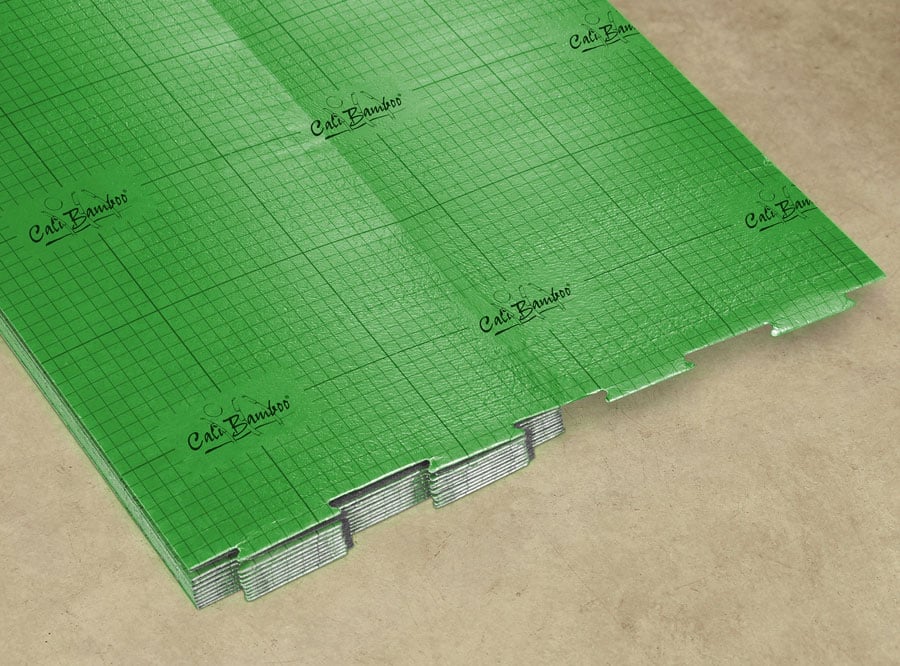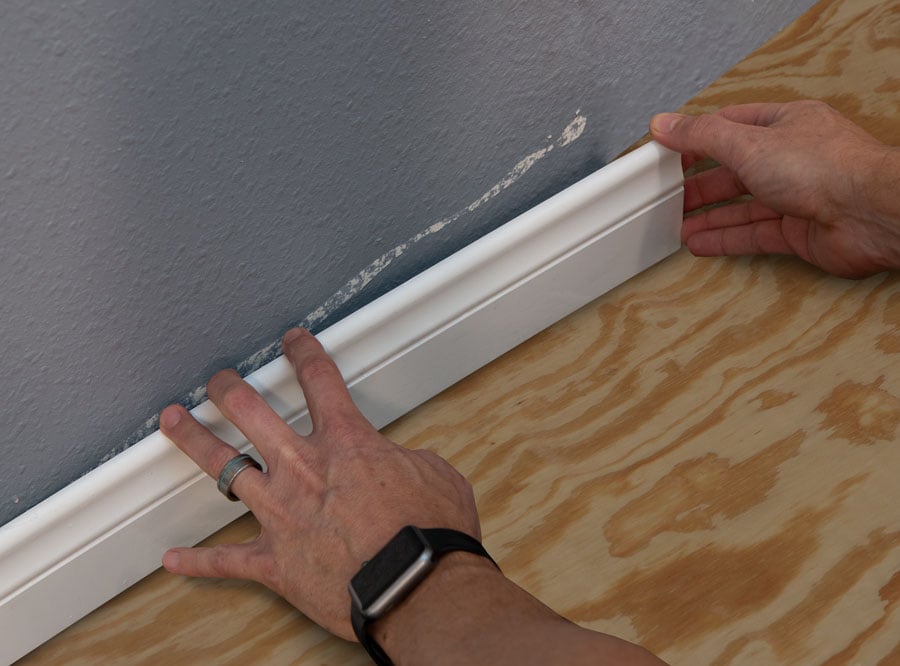How To Prep Wood or Concrete
What is a Subfloor?
Your floors are made of several layers. The flooring material you walk on every day is considered the surface layer. Just beneath the surface layer is the subfloor. In some cases, there is an underlayment between the surface and subfloor. The subfloor is the layer in which the surface flooring gets attached to if you’re using a glue-down or nail-down installation method.
Why is Subfloor Preparation Important for DIY Floor Installation?
Preparing your subfloor is an important initial step to getting the most benefit out of the surface flooring material you’ve chosen. Cleaning and leveling your subfloor can help maintain the integrity of your new floor. With proper subfloor preparation, your new floors can avoid moisture damage along with unwanted sounds, sagging, and smells.
How to Prepare a Subfloor for New Flooring
The subfloor is the foundation surface which supports your flooring planks. It can be made of different materials, which sometimes determines the type of installation you’re able to perform. However, for all subfloors, the name of the game is clean, flat, and dry.

☑️ Clean
(clear of any dirt or debris)

☑️ Flat
(smooth and level)

☑️ Dry
(free of moisture)
How to Clean Your Subfloor
Vacuum any dust or dirt off of your subfloor. Ensure all nails are removed and there is nothing protruding from the surface of your subfloor. If there are odorous stains from pets or other surfaces that had reached your subfloor, use a stain removing spray to clean the surface and then seal the area once the section is completely dry. Depending on the installation method of your new flooring, you may need to approach stains differently. For example, if you’re using the glue-down installation method, some adhesives may not work well with sealants. Review the specific instructions of your material for your next steps.
How to Know if Your Subfloor is Flat
To measure how level your flooring is, you’ll need a long level. After examining your floor you may find that you’ll need to level your subfloor.
While you’re preparing your subfloor is a great time to acclimate your new flooring. Not all flooring types require acclimation, some, like rigid core CALI’s Vinyl plank can be installed right out of the box. But even with very DIY-friendly flooring, it’s always important to ensure your subfloor is prepped and ready to support those beautiful new planks.
Leveling Uneven Subfloors
You can level an uneven floor using cement or epoxy-based self-levelers. Always allow at least 24 hours for self-levelers to cure before installing new flooring.
How to Make Sure Your Subfloor is Dry
If you’re working with a wood subfloor, after you’ve cleaned the surface it’s time to check the floor’s moisture level. Use a moisture meter to determine the moisture reading and then check your flooring material’s instructions to ensure it’s within acceptable levels.
If you’re working with a concrete subfloor, you’ll want to use a moisture barrier (like Titebond 531 Plus Moisture Control) to keep your new floors dry. Remember, if the concrete is fresh, you’ll need to allow at least 60 days for the concrete to set before you install your new floors.
How to Choose Underlayment
Depending on several factors, including the kind of subflooring you have and the moisture level of your environment, you’ll want to consider using underlayment between your subfloor and surface flooring material. The underlayment you use should depend on your project’s goals, but the best underlayment material should provide moisture protection, thermal and noise insulation, and be easy to install.
We recommend CALI Complete for all your underlayment needs.
Remove Baseboards and Trim
If removed carefully, existing baseboards and trim can be reused over your new flooring. Pieces can even be sanded and repainted to better match new planks. Note that corresponding accessories are made for each Cali floor if new pieces are needed. This is also a good time to repaint walls and ceilings because you won’t have to be as careful with paint drips.
Do I need to remove my existing flooring?
You should, but you don’t have to. Before most flooring installations you’ll want to remove existing flooring in order to get a clean, flat, dry subfloor. This is crucial for nail-down and glue-down installations, and may involve pulling up old carpeting, tile, or existing floor boards. If you’re floating new flooring (without any nails or glue) you may do so over existing floors as long as your foundation is clean, flat, and dry. A hard surface is also necessary, meaning carpeting will always have to be removed. You’ll also want to make sure all of your doors have proper clearance and can freely open and close over the new planks. You can test this using a flooring sample.
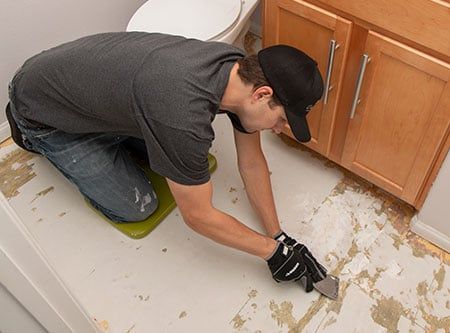
Subfloor Prep FAQ
What type of subfloor do I have?
Each subfloor type has slightly different requirements, that’s why you’ll want to first identify what’s down there.
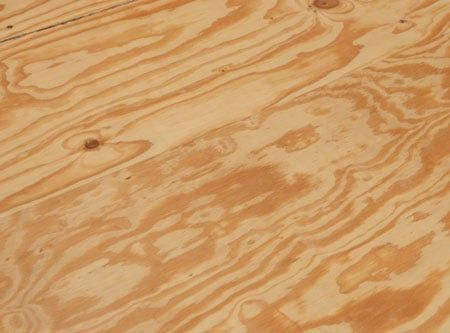
Plywood
Plywood is the most common type of subfloor material in the typical home. It’s sturdy, moisture resistant, and can support any type of installation technique, whether glue-down, nail-down, or floating. Make sure your plywood subfloor is free of raised nail heads and staples.
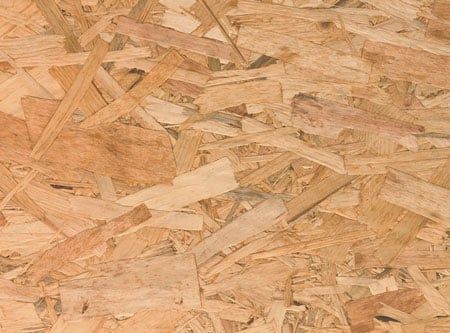
OSB
Oriented strand board (OSB) is another type of wood subfloor material which performs similarly to plywood but can be more moisture resistant. An OSB subfloor must also be free of raised nail heads and staples.
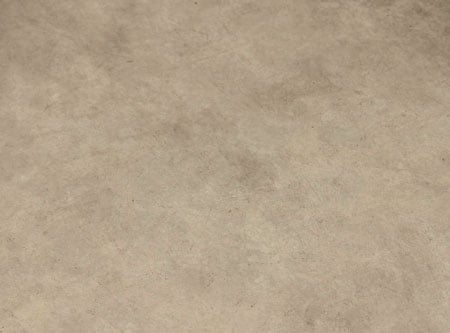
Concrete
Concrete subfloors are common in many homes and can support glue-down and floating installations. Note that fresh concrete takes a long time to fully dry and must be cured for at least 60 days. Regardless of when it was poured, concrete will need to be tested for moisture levels before new flooring can be installed. An underlayment that provides an added moisture barrier is required over a concrete subfloor.
Do you need underlayment?
No, you don’t need underlayment but it is great if you want additional insulation or have a subfloor with minor imperfections. A moisture barrier is only required when installing over concrete.
What should I look for in an underlayment?
If you’ve determined that your flooring projects would benefit from underlayment, there are a few things to consider. A quality underlayment should be DIY-friendly, protect your floors against moisture, be safe for your home and family, be a noise and thermal insulator, and have high compression strength.
We recommend CALI Complete underlayment. For more information on underlayment, watch Floor Underlayment Explained.










